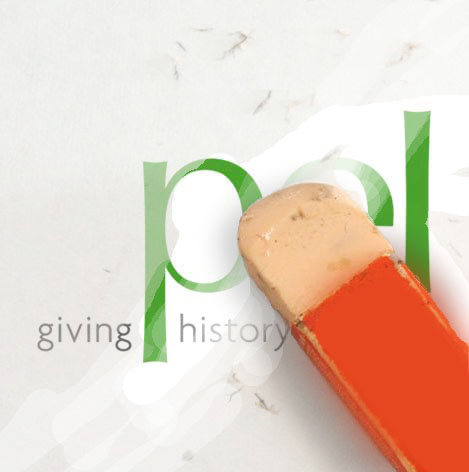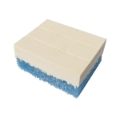Erasing the bar
Believe it or not I actually collected ‘erasers’ as a child – wasn’t life far more interesting before iPads? Little did I think that I’d be drawn to writing a blog article about them 30 years later. There is a little more to them than first meets the eye, thank goodness, although I did have some pretty eye-catching ones in the ‘80s…
What came first, the pencil or the eraser?
Pencils surely? Technically, wrong. Indeed, we’d actually been eating our way through graphite removing material for centuries before pencils were invented. Yes, the first erasers were actually made of bread. Moistened and balled pieces of bread were used to remove graphite marks. Before you ditch your modern equivalents and start working your way through a loaf of medium sliced, don’t forget that these erasers have a shelf life, one similar to, well, bread.
For those of you used to using a foam eraser, the bread ball probably isn’t that much of a leap of faith, nor those who have used kneadable rubber. We had to wait until the 1770s for something resembling the manufactured erasers we use today. The person credited with the naming of the modern eraser as a ‘rubber’ was one, Joseph Priestley. Joseph was an English chemist credited with being one of the founders of modern chemistry. His body of work including the isolation and description of gases, including discovering oxygen and nitrogen oxide, oh and inventing soda water. He had been writing and illustrating his own book, on making mistakes, he had purchased a cube of rubber from Edward Nairne, and in a footnote says:
"I have seen a substance excellently adapted to the purpose of wiping from paper the mark of black-lead-pencil. ... It is sold by Mr. Nairne, Mathematical Instrument-Maker, opposite the Royal-Exchange." He called the substance “rubber”.

The Rubber
Edward Nairne was also a recognised figure in the scientific community. He was the first person credited with marketing the ‘rubber’ for use as an eraser. These rubbers were made of natural ‘Indian rubber’ cut into cubes. It is said his discovery was made when he inadvertently picked up a piece of rubber instead of bread crumbs, it’s fortunate it wasn’t his lunch hour. The natural rubber degraded and unsurprisingly, after its usefulness had been recognised, rubber was developed commercially - leading to vulcanisation - and the emergence of the Goodyear brand. Commercial development continued to raise the bar for eraser composition (or erasing the bar if you pardon the pun).
Our erasers range from kneadable molecular traps to the softest foams and document cleaning powders to coarse bars. They don’t only work ‘mechanically’ but also chemically, the polymers work by sticking to unwanted marks, dust and debris, lifting them free from the surface. Of course, there are some erasers that also use abrasion to get the work done, these are best used only on the most resilient of surfaces, if at all. We always recommend testing on an inconspicuous area before commencing work.
The marvellous people at The C Word, Conservator's Podcast, performed the following vlog review of some of our erasers and sponges, you might find it handy to get a feel for some of them.
Our Erasers:
 Kneadable erasers –
Kneadable erasers – Useful for removal of deposits and debris or in applications where granules may become trapped, i.e. book gutters. Gradually lose their efficacy as they ‘absorb’. -
Groom Stick, /
Absorene
Powders and Granules – For gentle dry cleaning of surfaces. -
Akawipe (formerly Wishab),
Dry (draft) cleaning powder, Document Cleaning Pads
 Sponge Erasers –
Sponge Erasers – For dry (Akapad or Smoke sponge) or moistened (Sponge Eraser) cleaning of surfaces. Akapads are available in different grades to suit most applications and surfaces from paper to stone -
Akapad Sensitive and
Classic,
Sponge Eraser,
Smoke Sponge
Block Erasers – Can be used as blocks, cut to a shape to suit, or Rubgum and foam erasers can be ground down to create granules of your own size requirement for dry cleaning. The crepe eraser is an adhesive removal eraser and can be used on multiple surfaces. -
Foam Eraser,
Crepe Eraser,
Rubgum
Battery Eraser –Ideal for precise erasing of pencil marks, ideal for situations where a block eraser is too large and obscures vision of subject. The rotation of the eraser means that minimal pressure needs to be applied.
Battery Eraser
You can view our full range of erasers here